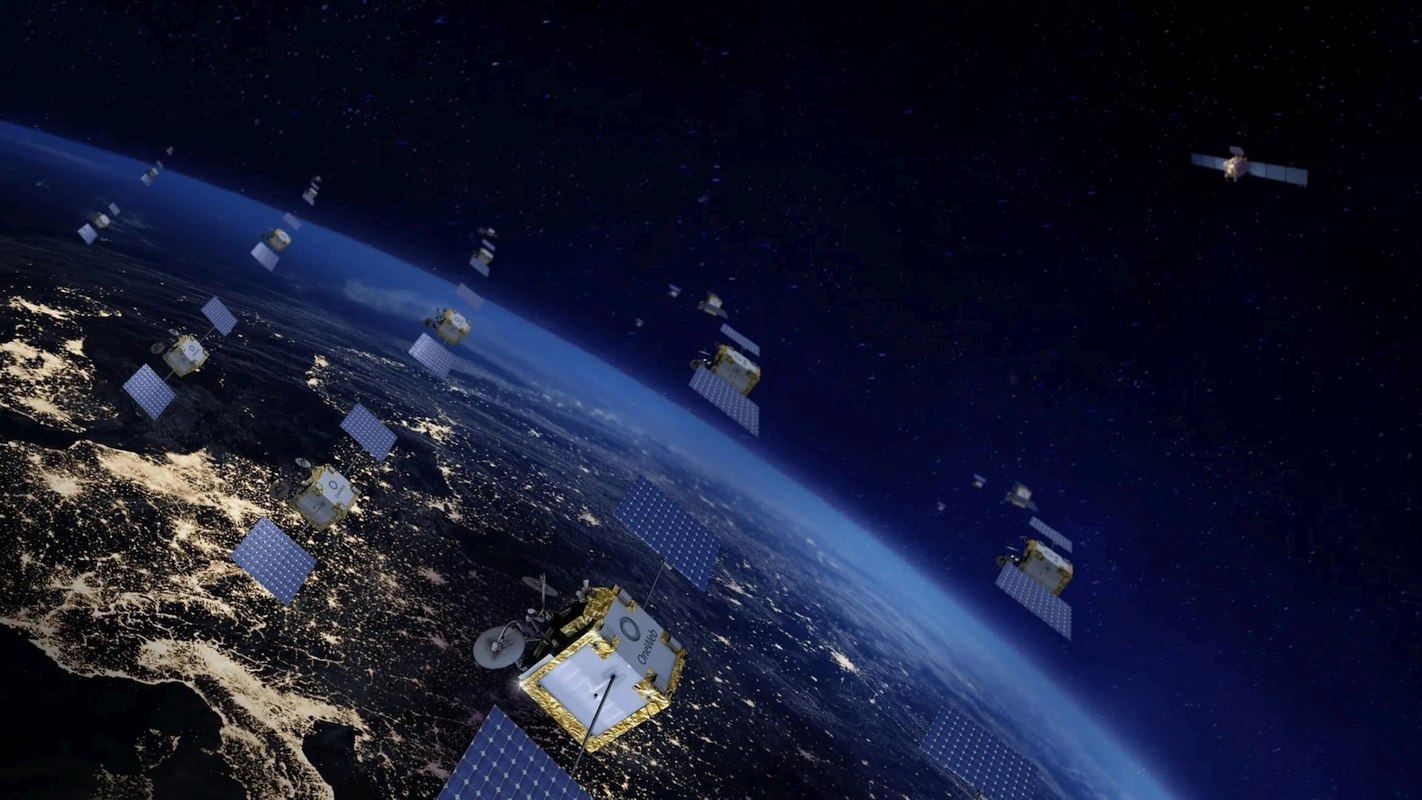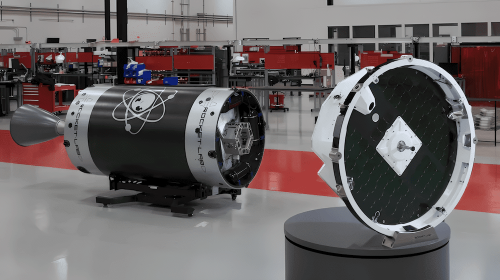Adapting to Changing Market Dynamics
Feb 18, 2025
In recent times, Eutelsat’s operational strategy has seen a radical shift in the way the company approaches satellite services. The satellite operator announced a major repurposing of its Konnect VHTS satellite, putting it into use for mobility customers in new markets. The first of this high capacity satellite was launched in 2022 with 500 gigabit per second capabilities and was originally supposed to offer broadband across Europe and Africa, but market dynamics have led to a strategic pivot.
 Eutelsat is evaluating future GEO satellite needs as they increasingly support LEO connectivity. Credit: Eutelsat
Eutelsat is evaluating future GEO satellite needs as they increasingly support LEO connectivity. Credit: Eutelsat
Several factors in the telecommunications landscape have influenced the company’s strategic realignment. According to management, the satellite currently serves major customers in Spain, Switzerland, and France. However, the Italian telecommunications provider TIM decided not to migrate to the platform. This development has pushed Eutelsat to explore new market opportunities, particularly in the mobility sector, including maritime and aviation connectivity solutions. Competitive pressures and industry trends have driven the transformation of Eutelsat’s business model. LEO (Low Earth Orbit) competitors are expanding beyond consumer broadband to serve enterprise and government customers, posing challenges to the company’s traditional geostationary Earth orbit (GEO) operations. This competitive landscape has accelerated Eutelsat’s strategic evolution, which began about a decade ago when the company shifted its focus to connectivity services in response to stagnating video business revenues.
In light of these market dynamics, Eutelsat has put in place a number of important corporate moves to shore up its position. In 2023, it became a major step in diversifying its orbital assets with the acquisition of OneWeb, which brought 654 LEO satellites to its existing 35 geostationary satellites. The divestment of European retail broadband operations, coupled with this move, served to concentrate the company on wholesale services and to exploit its unique multi-orbit capabilities.
This strategic shift has important and wide reaching financial implications both to the individual retailer and for society. The company has cut its capital expenditure forecasts by 200 million euros, bringing total expenditure for the financial year to June to between 500 million euros and 600 million euros, according to the company. The changes factor in when LEO investment euros are spent and higher scrutiny paid to GEO expenditures, the balance in a commitment to both orbital technologies. Eutelsat has major investment requirements to maintain and extend its satellite infrastructure looking ahead. OneWeb’s constellation maintenance will involve the company investing up to 2.2 billion euros in the deployment of 440 LEO spacecraft, as well as the development of 264 satellites for Europe’s Iris2 multi-orbit network. This ambitious project, which is planned to start service around 2030, is a major financial investment by Eutelsat for which it will receive revenues of at least 6.5 billion euros over the first 12 years.
Eutelsat’s strategic repositioning is the product of calculated decisions in response to changing market conditions, technological advancement and changing customer needs in the industry of satellite communications. As a unique company in the market, its dual-orbit (GEO and LEO) strategy here, as well as a pragmatic adaptation to competitive pressures and market opportunities, it shifted to mobility services and enterprise solutions.





